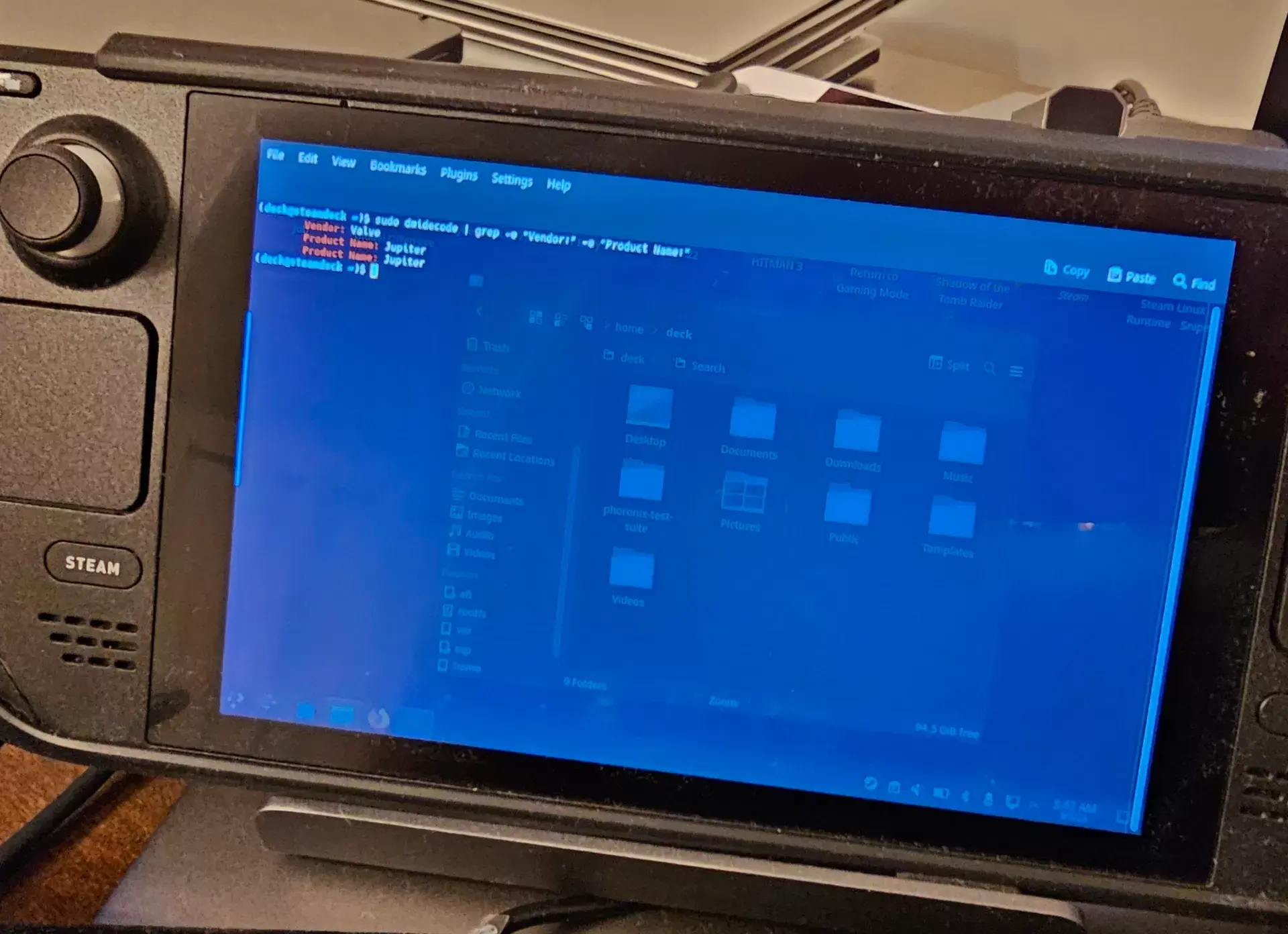The Linux kernel has been updated for some new hardware that still includes the AMD Van Gogh APU, which is currently only used in the Steam Deck. Popular speculation is that Valve will release an updated Steam Deck, one that still uses the same APU (so same performance), but had other changes to the hardware. Possibly different screen, larger battery, etc.
Possible code name for the hardware is Galileo.
If you want more/better info, I’d recommend reading the linked article.
Using the same chip is disappointing, but if they release a smaller model with OLED it will still have a lot of customers I bet.
Wild speculation: Might this be for the Deckard instead? While I would expect that to run on a newer processing unit, I’d expect the Deckard to come before any hardware refresh.
Not sure if there is a world where this makes sense, though. Perhaps they are using that APU internally for prototypes? Not sure if it would be added to the kernel for that…
Edit: Reading more detailed rumours and speculation, Deckard or Deckard-related tec seems to be the most plausible explanation.
I’d buy a new Steam Deck. My wishlist is: more seamless docking experience, eGPU support, slightly more comfortable/grippy back buttons, less mushy Steam/QAM buttons, OLED screen.
Seamless docking would be ideal, but I’d hate to have to use a proprietary POGO connection. Just fixing the proprietary dock so I don’t have to power cycle it so often would also be nice :/
I think adding a second USB C port on the bottom would solve that, as well as other gripes. You would still have a “more seamless docking experience” because you can just set the device in the dock on the upward-facing USB C interface (like a Switch), as opposed to the current method of setting it in the dock and then plugging in a cable with a separate action. Then you would also have a second USB port (no longer requiring the use of a hub in some situations) and using a USB port on the bottom is oftentimes better than on the top.







